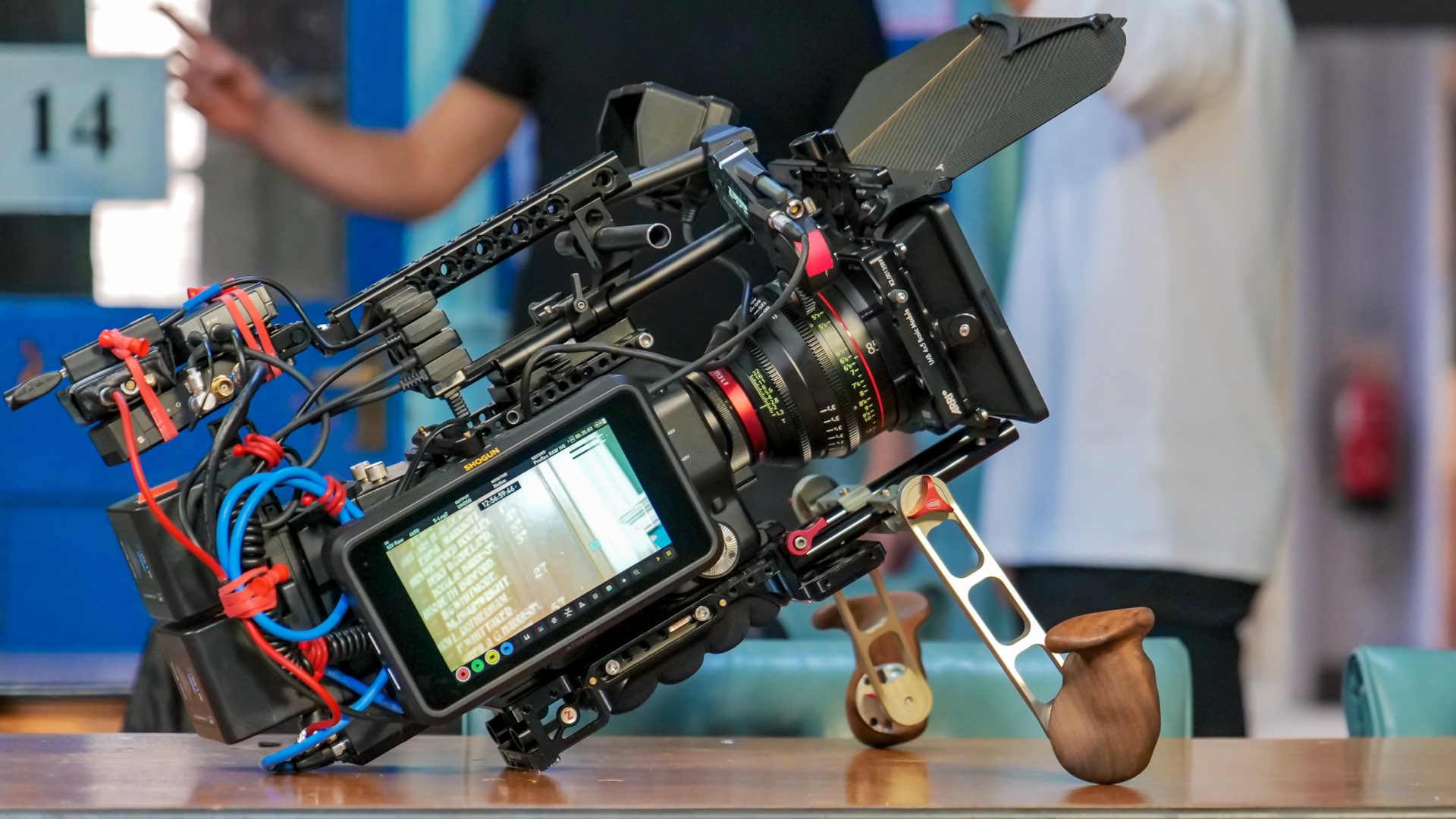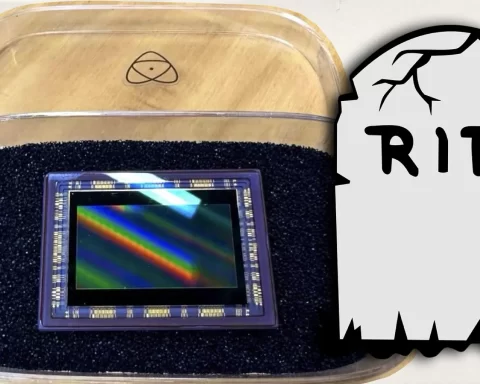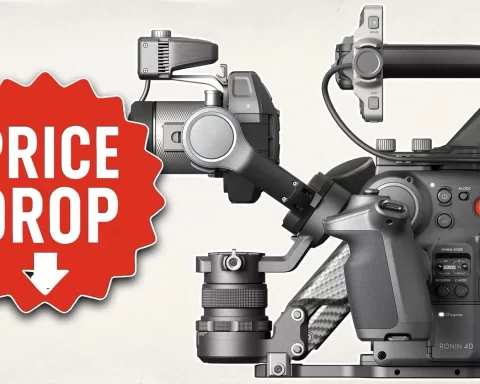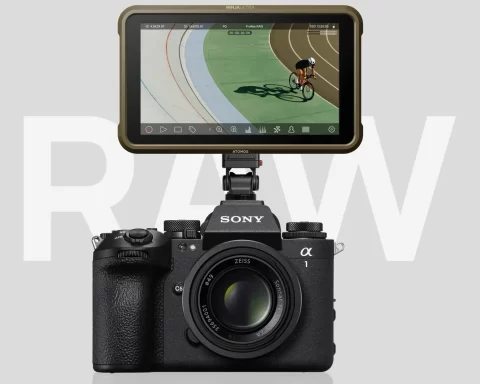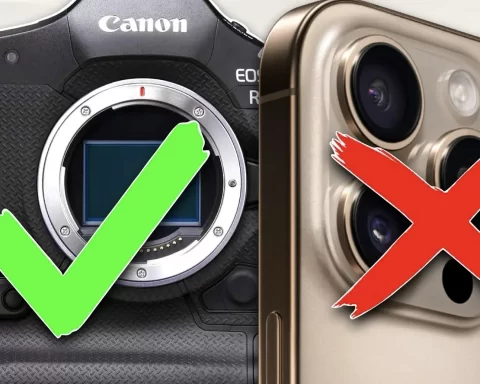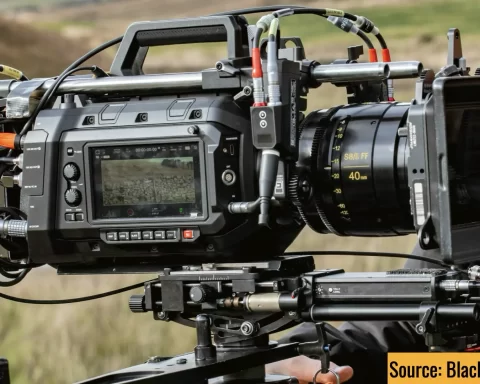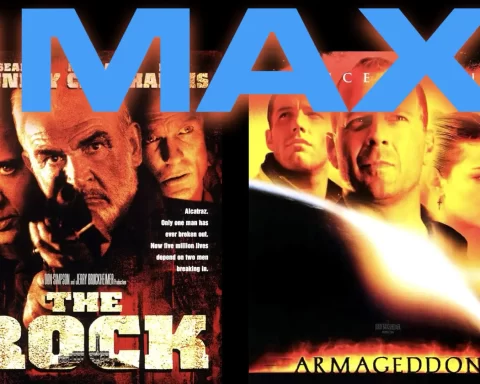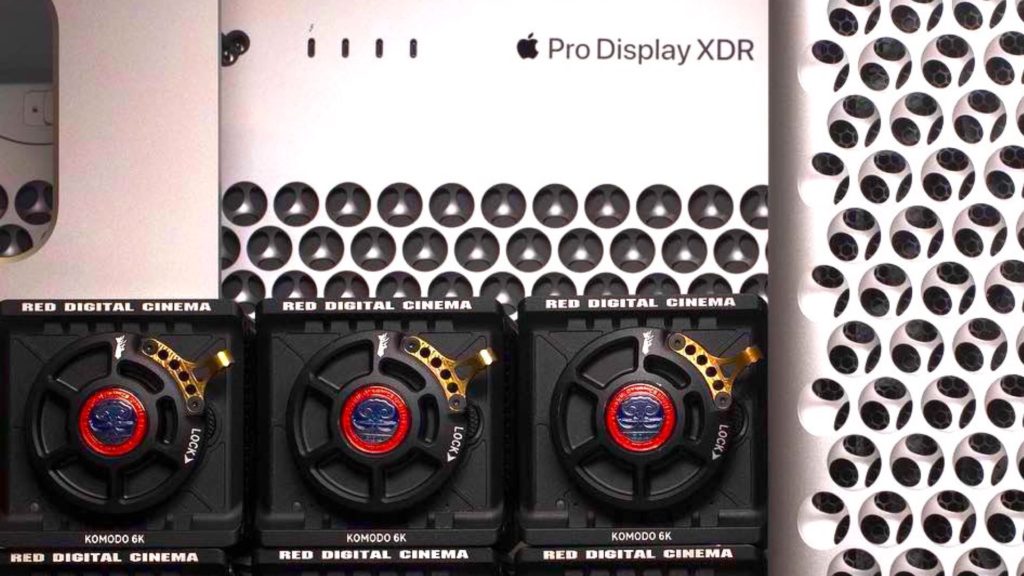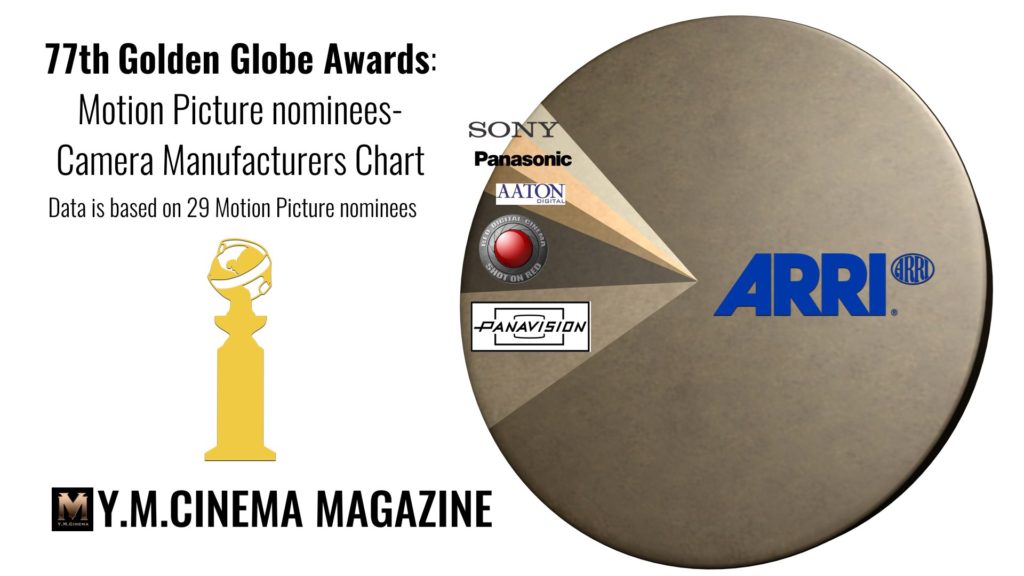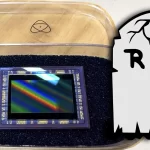Atomos announces (finally) the new switching FREE update for their Shogun 7 HDR monitor-recorder. Plus an interesting ProRes RAW case-study that demonstrates the power of the Shogun 7 in low budget feature film production.
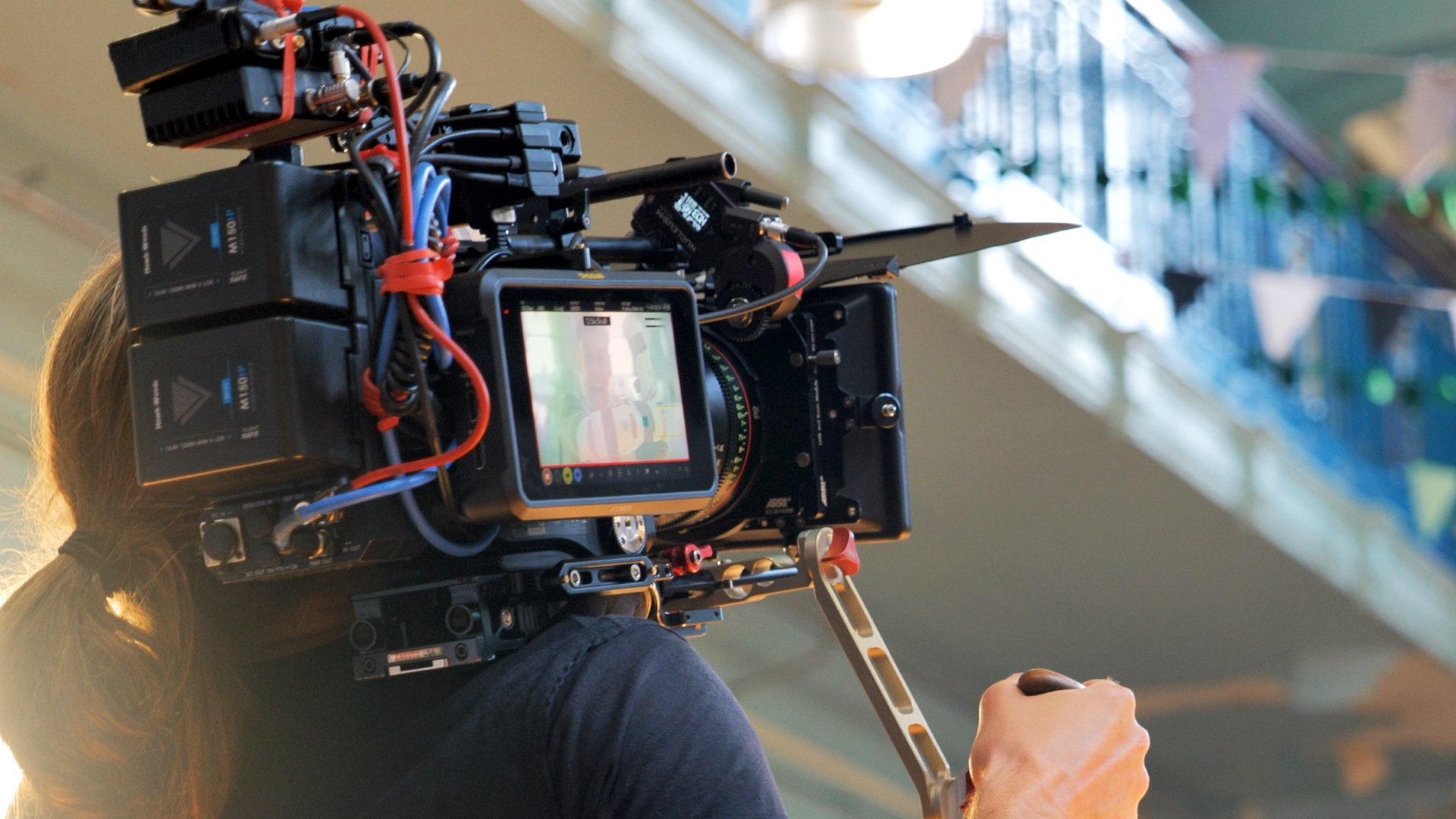
Atomos Shogun 7: A “true” HDR display
The Atomos Shogun 7 is the company’s flagship product, and one of the first recorders that offer an accurate HDR display. That can be achieved by the new 360 zone backlight, which is combined with the company’s new screen technology and controlled by the Dynamic AtomHDR engine. Atomos claims to show millions of shades of brightness and color. This technology allows Shogun 7 to display 15+ stops of real dynamic range on-screen.
Multi-camera switching update
The highly anticipated AtomOS 10.4 is released a few days ago as a free download from the Atomos website. The update adds touch-controlled switching, quad monitoring and ISO recording functionality to the Shogun 7. That allows you to accurately switch back and forth between four live HD SDI video streams up to 1080p60. Tapping on an input stream’s window in the quad-view will switch to that source as the program feed – which is then output via HDMI, SDI, or both simultaneously. You can record all four streams, with the switched program output as a fifth stream. That is all done asynchronously, without the need for genlocked sources. The streams are all recorded to the same SSD drive. Each is recorded as a separate ISO in either Apple ProRes or Avid DNx.
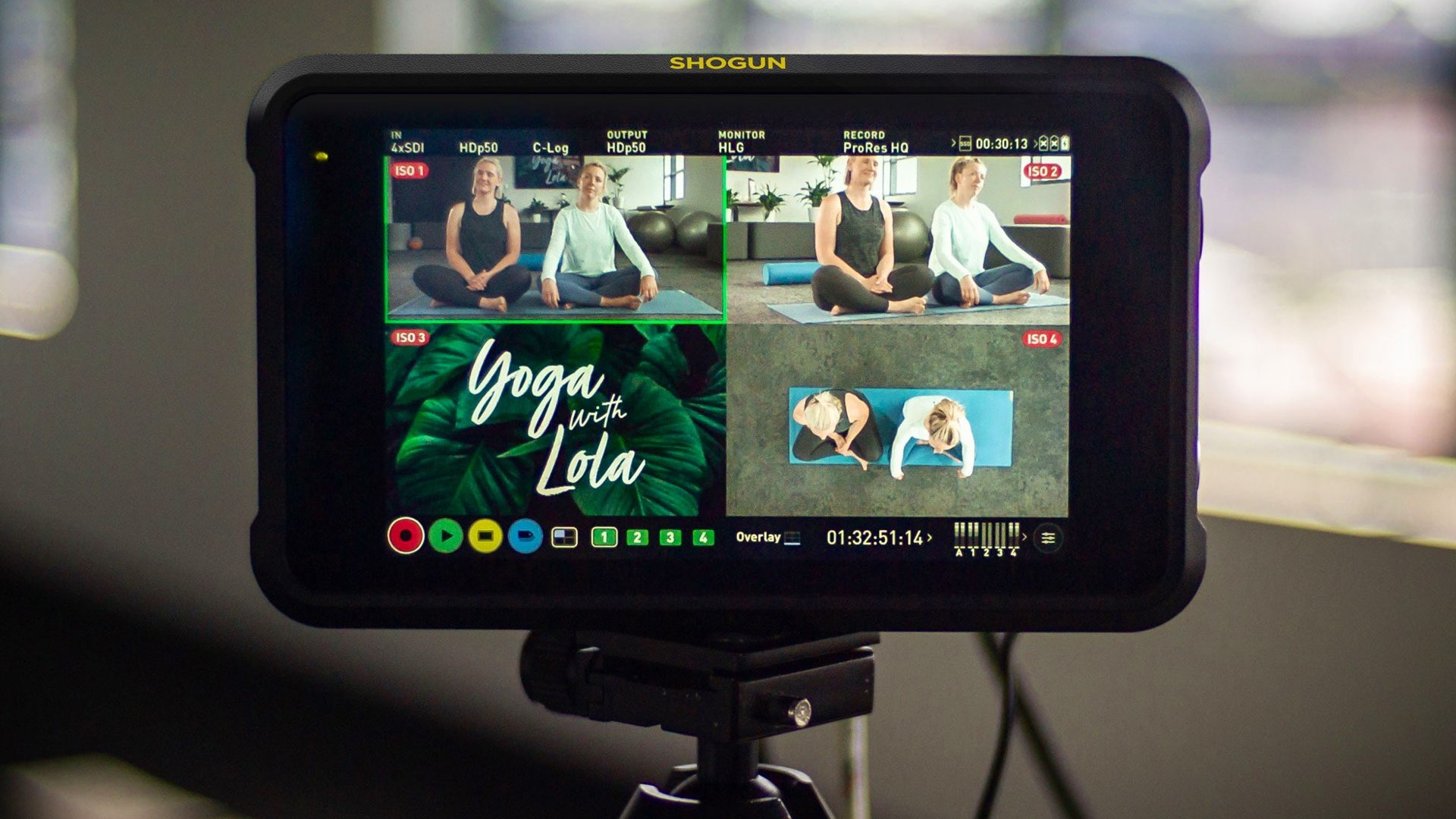
The feature that saved the product
It’s important to mention that the lack of this switching feature was for many users, a big no-no. That caused a lot of bad reviews about Shogun 7. However, now it has been solved. The feature can be implemented with the AtomOS 10.4, which is available now as a free download from the Atomos website. That replaces the earlier limited beta, and users of that version should update to AtomOS 10.4 as well.
The price of Shogun 7 is $1,299. Buy it here.
Shogun 7 & ProRes RAW
The affordable price point of the Shogun 7 allows independent productions to play big. The options for high-quality imagery monitoring and recording opens a lot of creative possibilities in production and post. One of the significant capabilities fo Shogun 7 is to output ProRes RAW. Capturing ProRes RAW helps to unlock the true potential of your low-budget camera. ProRes RAW combines the flexibility of RAW video with the high performance of ProRes. Head to this article, which deals with the comparison of ProRes RAW with BRAW and CinemaDNG to learn more about the advantages of ProRes RAW. For instance, you can imagine the potential hidden when the ProRes RAW will be unleashed in the Nikon Z series (the firmware release was scheduled by the end of 2019), transforming this stills camera to a cinema machine.
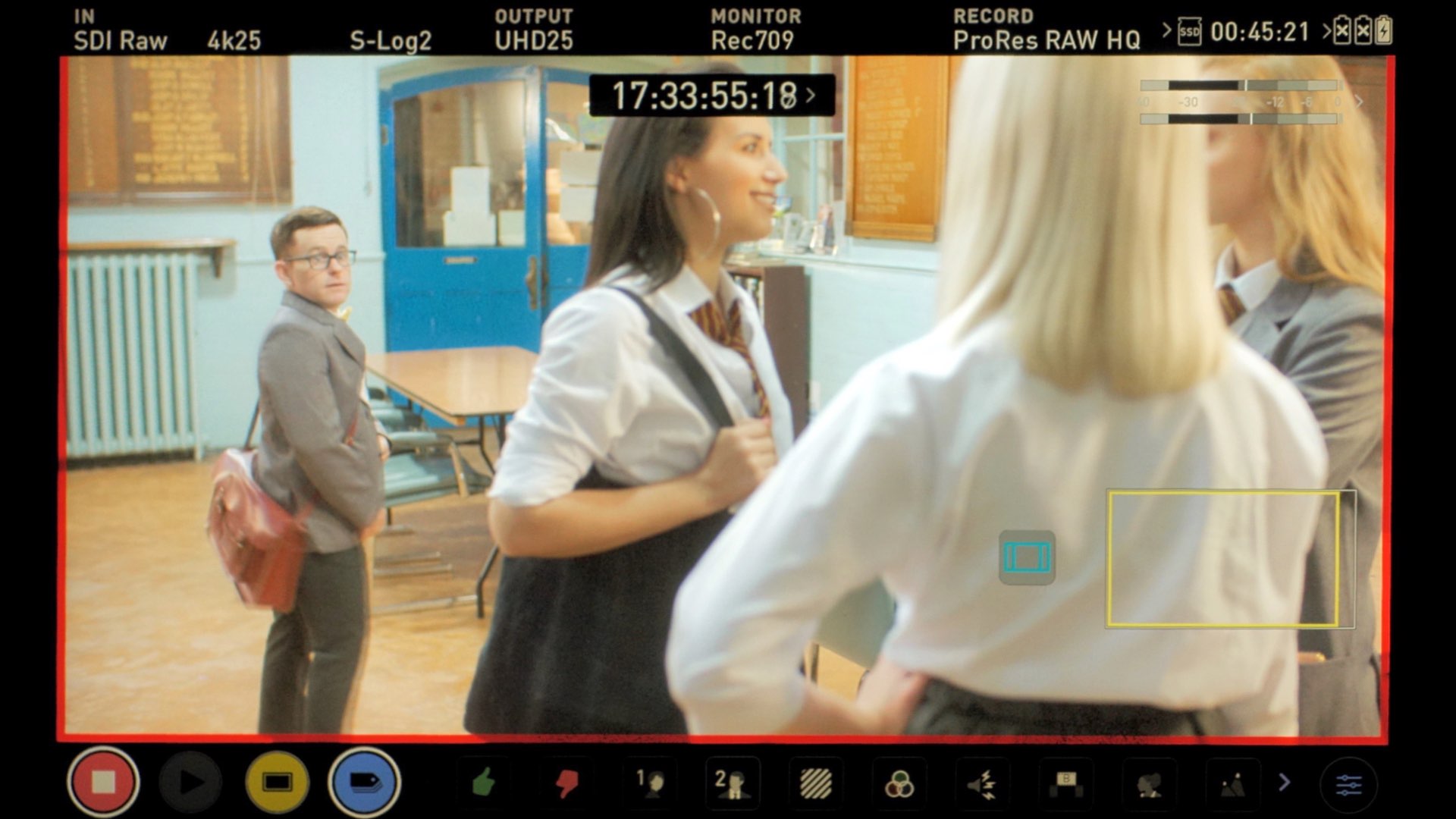
Low budget feature film implementation
The new independent action-comedy, School Fight, directed by Damien Walters, is a valid case-study regarding how to utilize the Shogun 7 on an indie production, without sacrificing imagery. In that case, the camera budget was only stretched to the Sony FS7. However, the combination with the Shogun 7 has resulted in ProRes RAW output, which is more than enough for getting those high-detailed HDR imageries, and with an efficient post-production workflow. School Fight is a low budget, independent feature film. However, the crew was committed to achieve the highest possible production values by squeezing everything they could, out of the camera equipment within their minimal budget. The concept for the film was the brainchild of seasoned stunt professional Damien Walters, so it’s no surprise that action sequences, fight scenes, and all manner of carefully choreographed carnage are all featured heavily. He joined forces with producer Joby Stephens to bring this vision to life in full cinematic glory. “We wanted to see as much of the microbudget spent on what you see on the screen as possible,” says Stephens. “Part of this was about making careful location choices. But even with the savings we made by filming in Derbyshire on a tight schedule, we still didn’t have the luxury of splurging on hiring high-end equipment. We had to use what was available.”
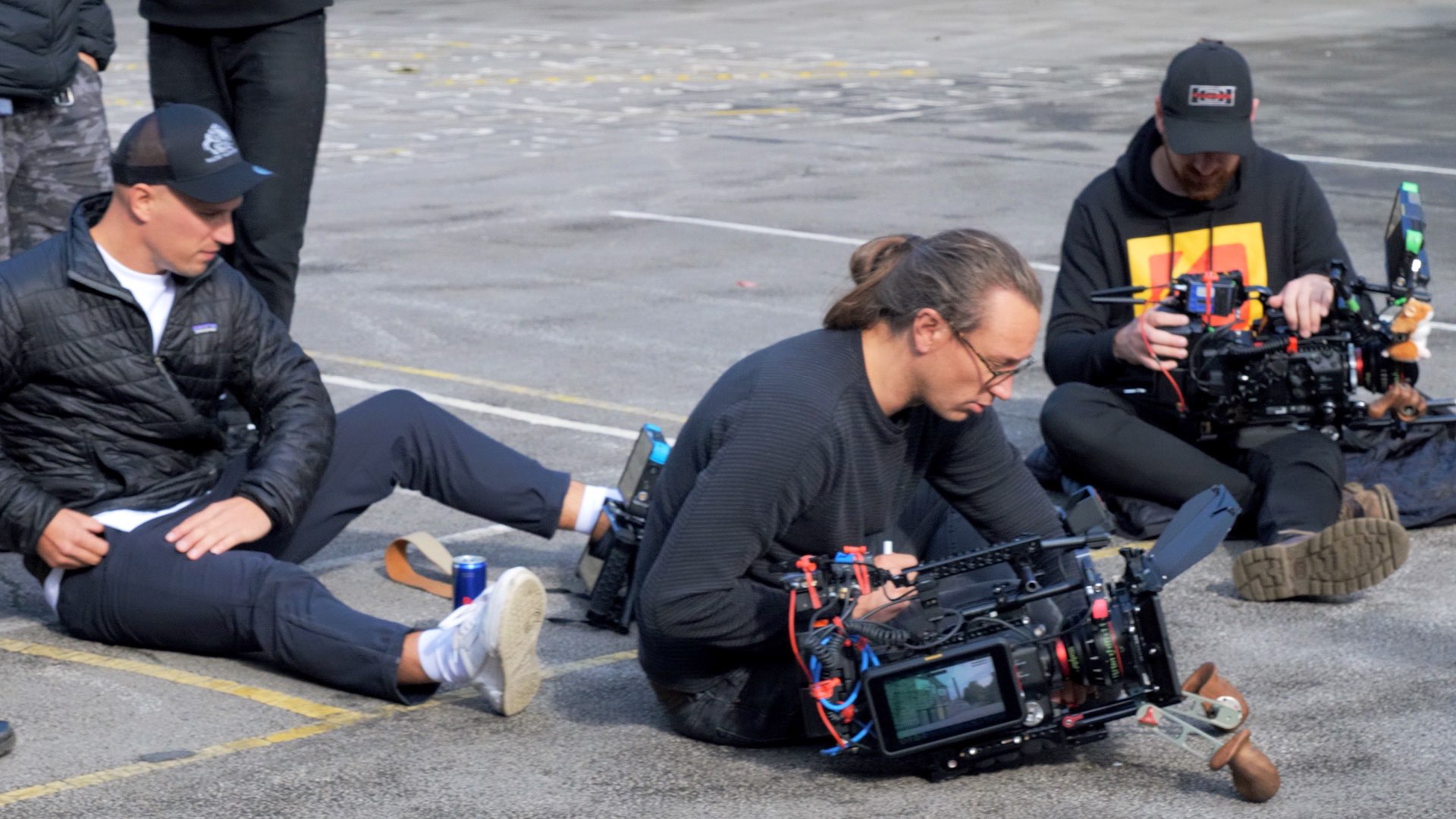
We still didn’t have the luxury of splurging on hiring high-end equipment. We had to use what was available
Joby Stephens, producer of School Fight
Maximizing FS7 potential with ProRes RAW
The cameras selected for this low-budget feature were Sony FS7, which were already owned by the crew. Director of photography, Nathan Claridge, paired the FS7s with Canon prime lenses and Tiffen Pro-Mist filtration to give the images the desired look. The final piece of the puzzle was to record in the highest quality possible, which is where the Atomos Shogun 7 became the critical addition to the setup. The ProRes RAW files offered the ultimate combination of RAW flexibility and manageable file sizes, without restricting the team’s creative vision. According to Walters: “The Shogun gave us the scope to deliver not only a beautifully filmic image but also the full flexibility of the ProRes RAW format. That gave post-production the latitude to really push what we were capturing on the FS7s to new limits.”
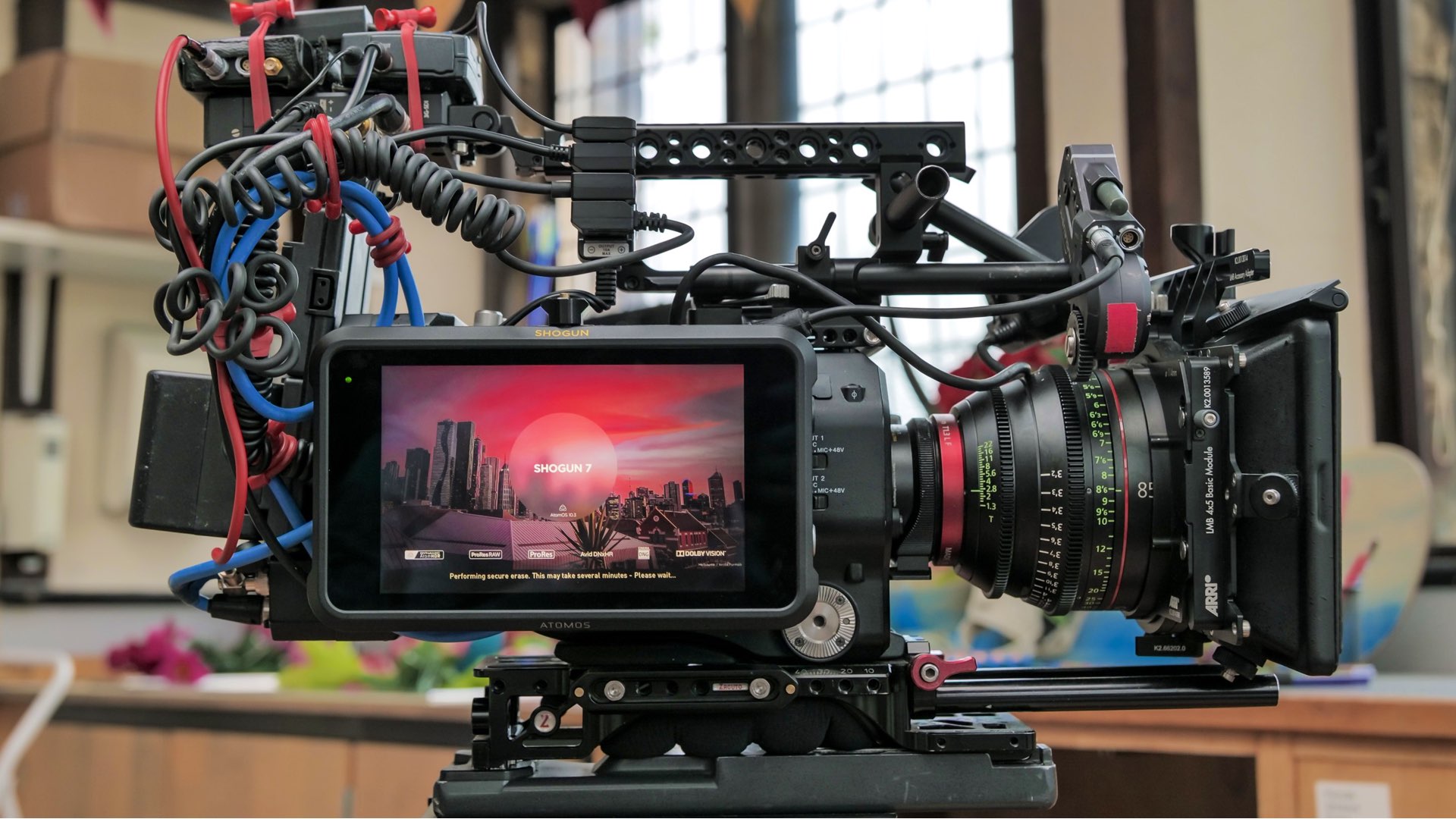
The Shogun gave us the scope to deliver not only a beautifully filmic image but also the full flexibility of the ProRes RAW format. This gave post-production the latitude to really push what we were capturing on the FS7s to new limits
Director Damien Walters
3000 nits
Moreover, the crew emphasizes that the Shogun 7 HDR display quality, which can reach up to 3000 nits peak brightness, gave the entire team complete insight into what was being captured. From pulling focus to stuntmen checking on timings, to checking the flames in an explosive take weren’t clipping to white, the Shogun 7 gave the crew the complete confidence with the ability to instantly review full quality footage on set. That was particularly crucial given the ambitious filming schedule for the film. With the UK filming now complete, School Fight moves production to Dubai in early 2020, which means the production stage is still going on. Nevertheless, you can watch the BTS down below.
Wrapping up
Besides all the commercial stuff in this article, School Fight is a good case study that demonstrates out of the box thinking that is crucial for indie-style productions. Money makes things a lot simpler. It’s a no brainer to rent an ALEXA and Cooke glass when you have the budget. However, it’s much more complex to deliver excellent results with limited cash flow. Thus, in my opinion, independent filmmakers are much more creative than filmmakers who work on high-end productions. The ability to get something from nothing is the real challenge.

What do you think? Do independent filmmakers need to be more creative than those on high-end production? Let’s know your insights in the comments section below.

